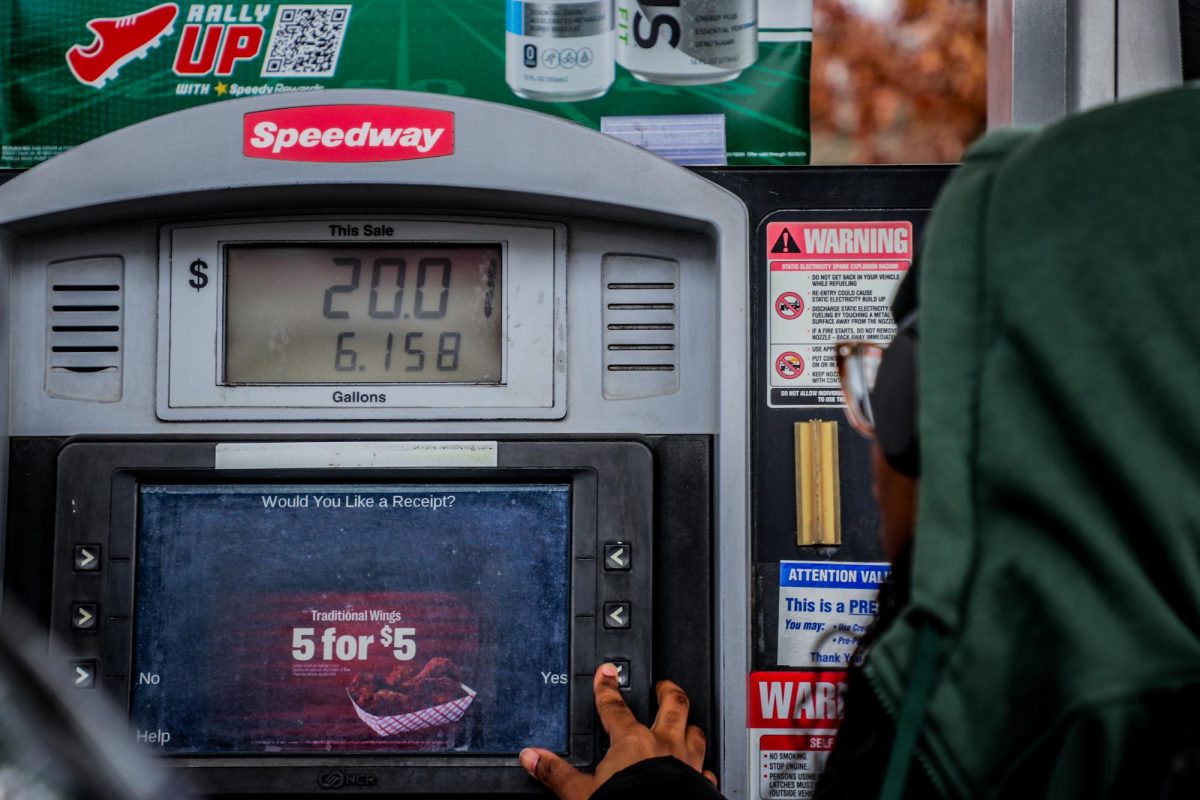The United Auto Workers Union (UAW) has been in communication with Detroit’s Big 3 automobile manufacturers (Ford, General Motors and Stellantis, Chrysler’s parent company) for many weeks trying to come to an agreement primarily in regards to wage increases.
As of 12:03 a.m. Friday, Sept. 15, the UAW strike officially began, including GM’s midsize truck and full-size van plant in Wentzville, Mo., Ford’s Ranger midsize pickup and Bronco SUV plant in Wayne, Mich., and Stellantis’ Jeep plant in Toledo, Ohio. This is the first strike for autoworkers since the 2019 iteration, which lasted for 40 days.
The UAW, with over 145,000 employees working across the three companies, has a few main goals they hope to obtain from the strike. The goals include significant wage increases, including a 36 percent increase over four years, a 32-hour work week, which includes pay for 40 hours, restoration for the cost of living adjustments (COLA) to reflect inflation, an end to the “tiered system,” which means newer workers get lower pay, less benefits and worker protections in the electric vehicle era which would guarantee their workforce certain job security.
UAW President Shawn Fain was adamant about the union’s ability to cripple the automakers’ profit margins almost immediately.
“For the first time in our history, we will strike all three of the ‘Big Three’ at once,” Fain said just after 10 p.m. Thursday on a live Facebook event. “We are using a new strategy, the ‘stand-up’ strike. We will call on select facilities, locals or units to stand up and go on strike.”
This new method of striking would alleviate the stress that an “all-out” strike would put on the union’s funding. As it stands, striking workers are eligible to receive $500 per week, and the fund totals over $825 million. If every member were to participate in the strike, which would surely deal a massive blow to the U.S. economy and represent a devastatingly dramatic freeze to Michigan’s economic rebuild, it would cost the union $70 million per week.
As the workers battled for a bigger share of the industry’s profits, selected employees expressed their dissatisfaction by walking off the job at all three companies, totaling a loss of over 13,000 employees.
Ben Dictor, legal counsel for the UAW, took to Facebook Live and tried to explain the benefits of only having certain employees strike at any one time.
“That will keep them guessing and turbocharge your national negotiators with the Big 3,” Dictor said. “This is an essential part of our strategy to keep the companies off balance by calling locals out on strike based on what is happening in negotiations.”
However, since the contract between UAW workers and the Big 3 expired at midnight on Sep. 14, this means that employees who continue on will be working without a valid contract. Dictor tried to answer employees’ questions about this strange situation by explaining the rights of those who will continue on while their coworkers strike.
“Most of your contract is still in effect,” Dictor said. “Management cannot change terms and conditions of work. You do not become an at-will employee.”
As this new type of strike takes hold, it will try to accomplish its goals, while also conserving the pay of the vast majority of employees.
It seems the UAW’s representatives are reluctant to speak directly to reporters, perhaps due to a lack of clearance to do so. Two UAW representatives from the Grand Rapids branch declined to comment for the Grand Valley Lanthorn. The union’s media contact did not respond to comment for the Lanthorn, despite voicemail and email correspondence, though this may be due to the high volume of media attention the union is receiving.
The UAW and the automakers have gone back and forth through the years, causing concern about the possibility that even more production plants will be moved overseas in an effort to cut the striking workers off from the profits entirely.
Paul Sicilian, a professor of economics at Grand Valley State University, envisioned one such possible outcome of the strike.
“Certainly if higher pay causes costs to be higher in the U.S. than in other countries, there will be an incentive to move production overseas,” Sicilian said. “But costs of production depend on a lot of things, labor compensation costs being just one of them, (including) cost of capital, skills of workforce, transportation costs, utility costs, government regulations, etc.”
Additionally, Sicilian said the companies would take a loss on their current U.S. infrastructure.
“There are also large adjustment costs to moving production,” Sicilian said.
Matthew Daley, a GVSU history professor, said this UAW strike could go down in the history books next to other notable strikes like the Flint sit-down strike of the 1930s when workers refused to leave the plant.
“If the industry wanted to send in police or other sorts of security officials, it would cause a big mess and be very damaging and so it was eventually ruled illegal. But it was also very, very tense. You had a lot of direct confrontation,” Daley said in an interview with WOODTV.
Fain expressed the need for autoworkers to continue to stand up to the Big 3 and set a precedent for future interactions regarding their labor and compensation.
“Enough is enough,” Fain said. “It’s time to decide what kind of world we want to live in. And it’s time to decide what we are willing to do to get there.”














